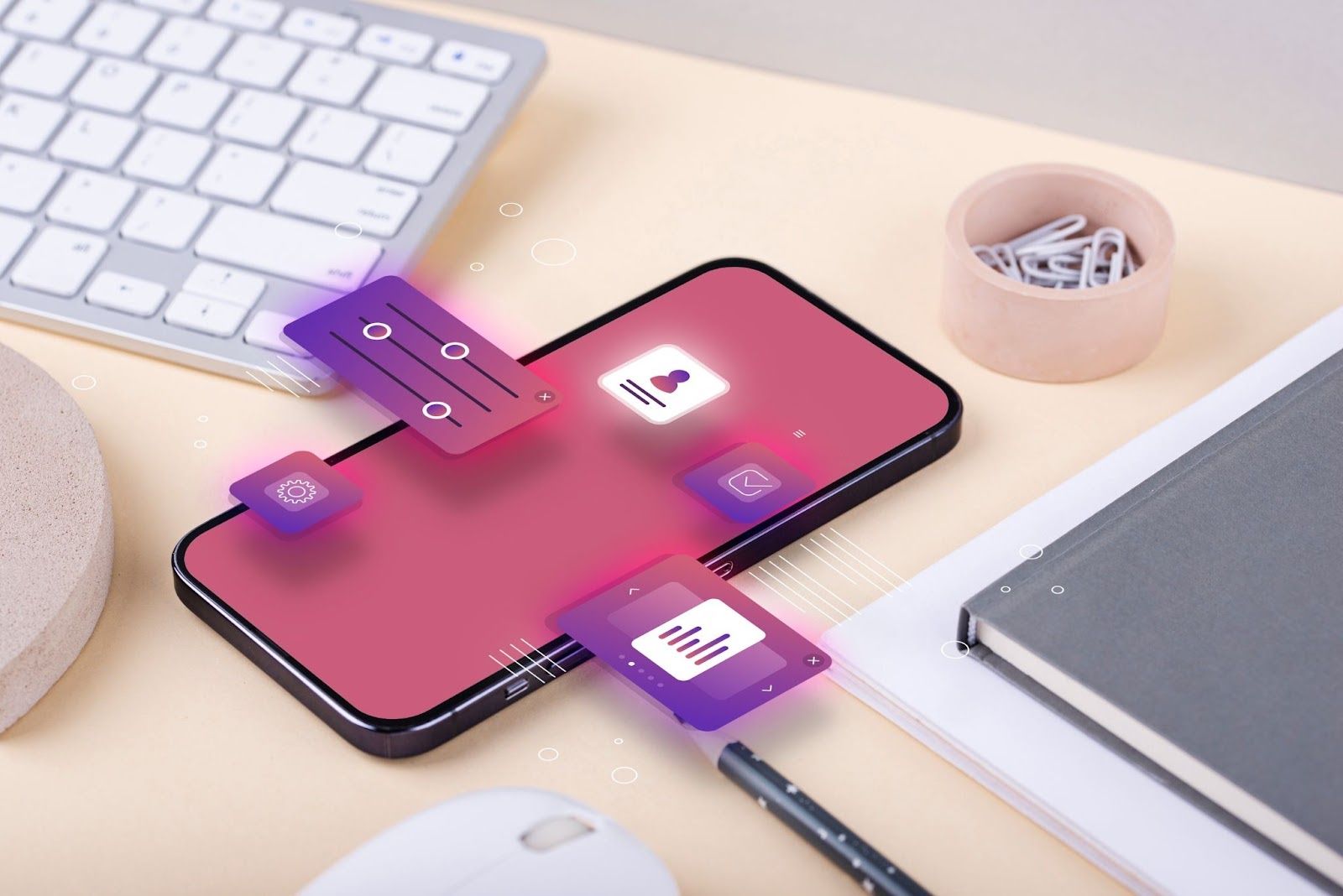How Flutter can help you build apps faster?
In the world of technology, people's interests and needs are changing rapidly. Fast and convenient app delivery and app development are crucial in leading projects to success. Flutter is one of the best choices in 2023 for multiplatform app delivery.
- Start from the beginning - What is Flutter?
- Accelerating App Development with Flutter - All you need to know
Start from the beginning – What is Flutter?
Flutter is an open-source framework created by Google. It allows building well-designed and high-performance mobile, web, and desktop applications from a single codebase. It means that the development team has to write the code only once, and then it can be run in any environment that supports Flutter. For example, you can quickly build an app for Android/iOS (both mobile phones and tablets), Web (Chrome, Firefox, Safari, etc.), and PC (MacBooks, Windows, Linux) from a single codebase with minimal effort compared to standard development techniques. A single codebase does not mean you are limited to displaying the same information on each platform. With Flutter, you can simply recognize the platform the app is running on and adjust the code if needed - for example, hide some UI elements on Android and display them on iOS.

Accelerating App Development with Flutter - All you need to know
Several built-in mechanisms in Flutter speed up the development process. Read further to learn about the most significant ones.
Single codebase
As mentioned previously, a single codebase speeds up the development process massively. A single codebase requires only one development team to build your Flutter application. When it comes to testing and fixing bugs, it is also a lot easier with the same code running on each platform. Usually, you can spot the same problems and fix them at once for all the target platforms — no more different bugs for Android and iOS. Thanks to Flutter, you can spend more time focusing on delivering the best user experience.
Coherent experience
With Flutter, getting the same look and feel on each platform is extremely easy. It is because of the way it was designed. Flutter does not use native components like buttons, text fields, etc., but renders everything. This way, your app will look the same regardless of the platform, providing users with a coherent experience. If you need a native-like look - Flutter also provides the tools to achieve that.
Prebuilt solutions and widgets
Flutter offers many prebuilt solutions and widgets, enabling developers to build high-performance and top-quality applications rapidly. With its extensive widget library, Flutter provides a wide range of ready-to-use components to deliver a unique and visually appealing user experience. Many of Flutter's widgets have built-in animations, allowing developers to integrate interactivity into their digital products effortlessly. It saves development time and ensures the app is engaging and responsive.
Access to Native Features
Is Flutter suitable for you if you want to use platform-specific features? The simple answer is yes. Flutter allows writing the native code and executing it from the Flutter level. However, writing the native code is not commonly required as the Flutter community is very helpful and continuously works together to cover all native features in open-source packages. It means that it is likely that if you need to access some native feature, like a camera or some device sensor, it is already covered and ready to use. You can still create custom solutions if an existing package does not cover platform-specific parts. Flutter's flexibility allows for the integration of native code and the development of platform-specific functionalities within the Flutter environment.
App performance
With Flutter, you don't need to worry about the app's performance. The primary goal of the framework is to deliver top-tier rendering performance by handling graphical elements without relying on native components. This approach minimizes the need for extensive communication between the framework and the native level, reducing potential bottlenecks.
Another reason for Flutter's performance is Dart, the programming language that powers it. Dart brings a remarkable feature – the capability to compile directly into the native machine code of a specific platform. This feature ensures that your Flutter app performs at a peak on each supported platform. Unlike alternative cross-platform solutions, there's no intermediary layer involved in the execution of your code. It means that your app works with maximum efficiency, avoiding unnecessary overhead.
To sum up, why Flutter?
In the constantly evolving world of technology, adaptability and flexibility in project delivery are crucial. Being prepared to grow and change is vital for staying competitive. Deciding wisely about the technology that will power your next app is one of the most important steps. Adopting Flutter is a great choice that offers features capable of accelerating development without compromising on performance
- With Flutter, you're equipped with a single codebase that can target multiple platforms.
- With access to an extensive library of prebuilt widgets, you can focus on preparing a unique user experience without wasting time on developing the features from scratch.
- Dart, a programming language, complements these features. Dart's ability to compile into native machine code tailored to each platform guarantees top-notch performance.
Flutter is an excellent choice in the technology landscape, ready to drive your project to success.
October 12, 2023 / Posted by:
You May Also Like